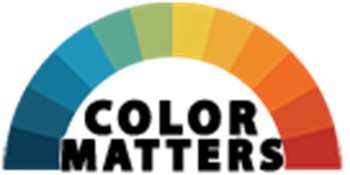Computers that think different

August 16, 1999
The quality of design of consumer products reached new heights with the colorful iMac computer. When I was interviewed for the November '98 issue of Fortune magazine about the "Bondi blue" color of the first iMac, I noted that it was an excellent color choice. Since this particular blue (with a tinge of green) is associated with the natural color of the ocean, it negated associations with technology. Consequently, the color supported the philosophical concept that the iMac was a friendlier machine. It was different, it was inviting. During the interview, I remarked that a range of colors would be fantastic...but the cost would be prohibitive. A few months later, I ate those words... and salivated over which color I would choose.
Today (1999), the iMac is offered in 5 colors. It’s extremely significant that Apple chose flavors as color terms. Strawberry, blueberry, grape, tangerine and lime! Associations with taste make the computer even more inviting and remove the machine one step further from its real identity as a machine. It’s worth noting that the words we use to identify colors are as subversive as the colors themselves. In the case of the iMac, they reinforce the concept. It’s a tasty cute little machine. Pet it and lick it.
Consider what the alternatives might be. What if the iMac computers were offered in mars red, pluto purple or jupiter blue? Would the effect be the same? How would you feel if it were reversed? What if a new variety of tomato was labeled mars red? What if a refrigerator was offered in moon-crater mauve?

Finally, a troublesome question. Where’s the yellow iMac? It’s arguably a happy color. If the negative associations of lemon were to blame, pineapple or banana would be acceptable flavors. Some say that the transparent shell is bullet-proof plastic, a material that could not be tinted an acceptable shade of yellow. This is hard to believe given present day technology. On the other hand, since yellow is the lightest color in the spectrum, perhaps the transparent material required excessive amounts of yellow pigment, amounts which rendered the material opaque. Perhaps it’s all a significant omission and that the next big wallop from Apple will be a glowing yellow box.
Jill Morton - 1999

